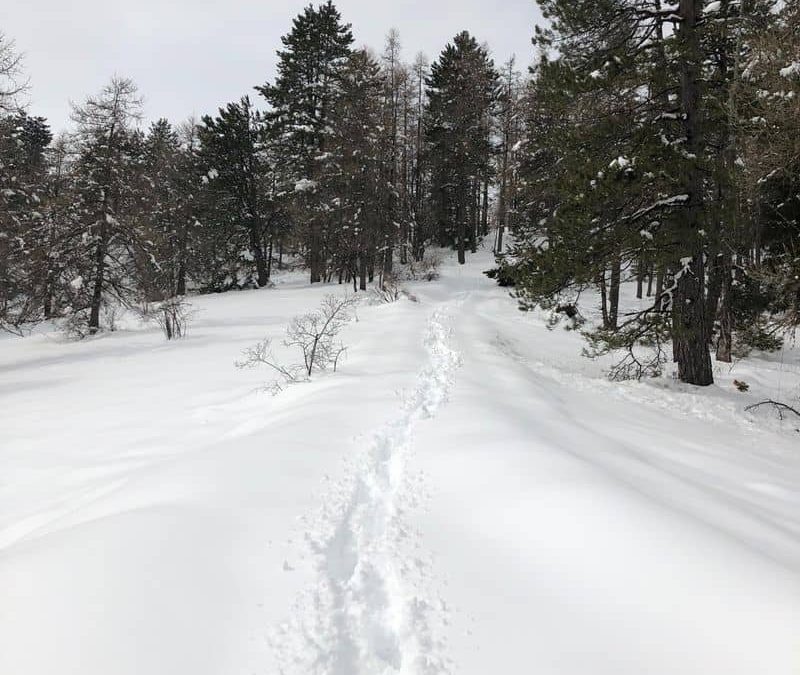This article is about very important for you if you are planning to visit the Himalayan areas of Nepal. Leave no trace principle of trekking is a sort of eco-friendly trekking where you will not leave any trace of your trekking. Mountain areas are beautiful and attractive destinations for the tourists. Every year a very high number of people get to the mountains to escape from their busy schedules. Trekking, Mountaineering, hiking, skiing are some of the few thrilling experiences that attract tourists. However, the tourism business that is generating a huge revenue is also turning mountain areas into a dumpsite.
Annually loads and loads of organic as well as inorganic dumps are collected into the mountains. Normally organic wastes should decompose and don’t pose any threat but due to the cold environment, the waste doesn’t easily decompose. So, travelers should follow the no trace principle of trekking. No trace principle of trekking is the eco-friendly ways for trekking in which the travelers have fun without harming the environment and leave no wastages behind.
The travelers can follow the leave no trace principle of trekking by following ways:
1. Becoming self-aware
The first and the most important of following the leave no trace principle of trekking is to become self-aware. The fellow travelers must realize that they are there just to enjoy and they have no right to hamper the environment of that area. When one becomes aware of the potential damages his activities can to that environment he/she will find a better eco-friendly way.
2. Extra space
Travelers should always have some free space for things when traveling. The free spaces can be used to take back the wastages that they have brought. Because people might reduce the use of things but they cannot completely stop using industrial products. However, instead of dumping on the mountain if people take away their wastes, both problems will be solved. On one hand, their need will be fulfilled on the other the mountain will also remain clean.
3. Good way to manage leave no trace principle of trekking is using Waste bins
Waste bins should be placed around the trekking trails in a well-managed form. The bins of organic and nonorganic waste would be separated so that both wastes can be managed accordingly. The travelers should use the bins and the responsible authorities should properly dispose of it.
4. Well managed Toilets
On the plains and hot climates, the organic wastes almost immediately decompose, leaving no trace in just a few days. However, in the alpine climates, it is very difficult for even the organic wastes to decompose. So, the service providers should be able to provide well-managed hygienic toilets and the travelers should use it which help to support the leave no trace principle of trekking.
5. Minimize your usages
On trekking, you should only use what you need and extremely avoid the lavish and overusing or spending nature. This habit is very good for the environment as well as for yourself both physically as well as economically. Consuming more foods, leaving leftovers, burning more woods during camping should be stopped, and use what you need to sustain and no more.
6. Avoid keeping
During trekking, you may find beautiful stones, rare plants, or some interesting things. You may be compelled to take what you find as a volunteer. However, these things belong to that ecosystem and its absence hampers the balance in that environment. So, one of the important methods of the leave no trace principle of trekking is to avoid keeping anything you find on the trip.
7. Cautious campfire
We should try to minimize the campfire impact. Also, we should use the campfire only in the permitted places and strictly forbidden to use it in non-allowed areas. Unmanaged and hazardous campfires may result in forest firing or some other accidents. So we must campfire very cautiously and completely nullify the fire after the use to remove potential fire threats.
8. Respects plants and wildlife
The most important aspect of the leave no trace principle of trekking is to respect plants and wildlife of those areas. Marking names and signs on tree barks, uprooting plants, taunting wild animals should not be done. Damaging plants can hamper the environment while taunting and disturbing wild animals can lead to some accidents also. So, during trekking no matter where respect plants and wildlife and avoid harming them.
9. Following rules
The rules are always formed considering either the wellbeing of visitors, the wellbeing of nature, or in some cases both. So the trekkers should strictly follow the rules and regulations set by the authorities at any cost. Not going on prohibited areas, avoiding wild animals, avoiding immature and risky activities are some of the basic rules that every traveler must follow.
10. Thoughtful of other visitors
Generally, people go on trekking to be closer to nature, decrease the stress of daily lives, or even to get away from the problems in their lives. So, the travelers must be cautious of other visitors and let them enjoy their time with nature. Shouting names, loud music should be avoided by every traveler as it violates the peace of the area. Everybody has the right to enjoy the peace of that area but nobody has the right to violate it.

